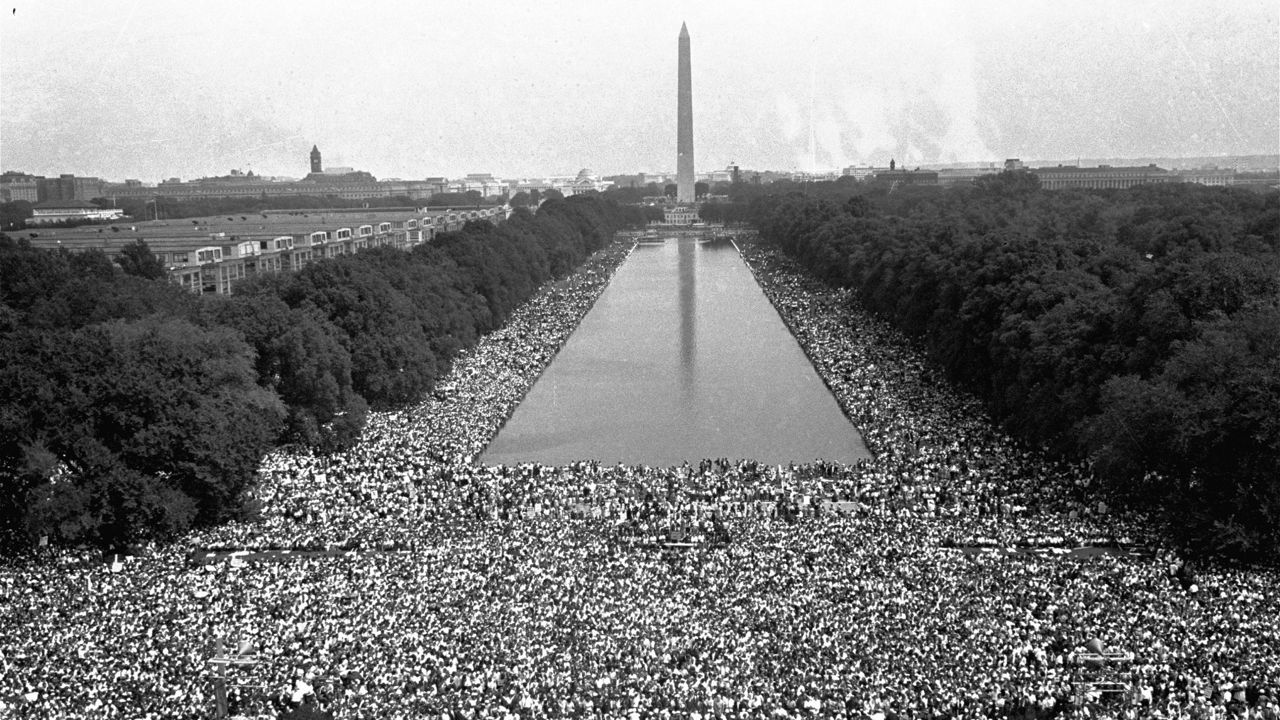NATIONWIDE – Families of Black Americans killed by police on Friday gathered in Washington D.C. at the spot where Martin Luther King Jr. delivered his historic “I Have a Dream” speech.
RELATED: March On Washington: Thousands Gather To Protest Police Violence
Friday’s gathering came as protests against the killings of Black Americans at the hands of police officers continue.
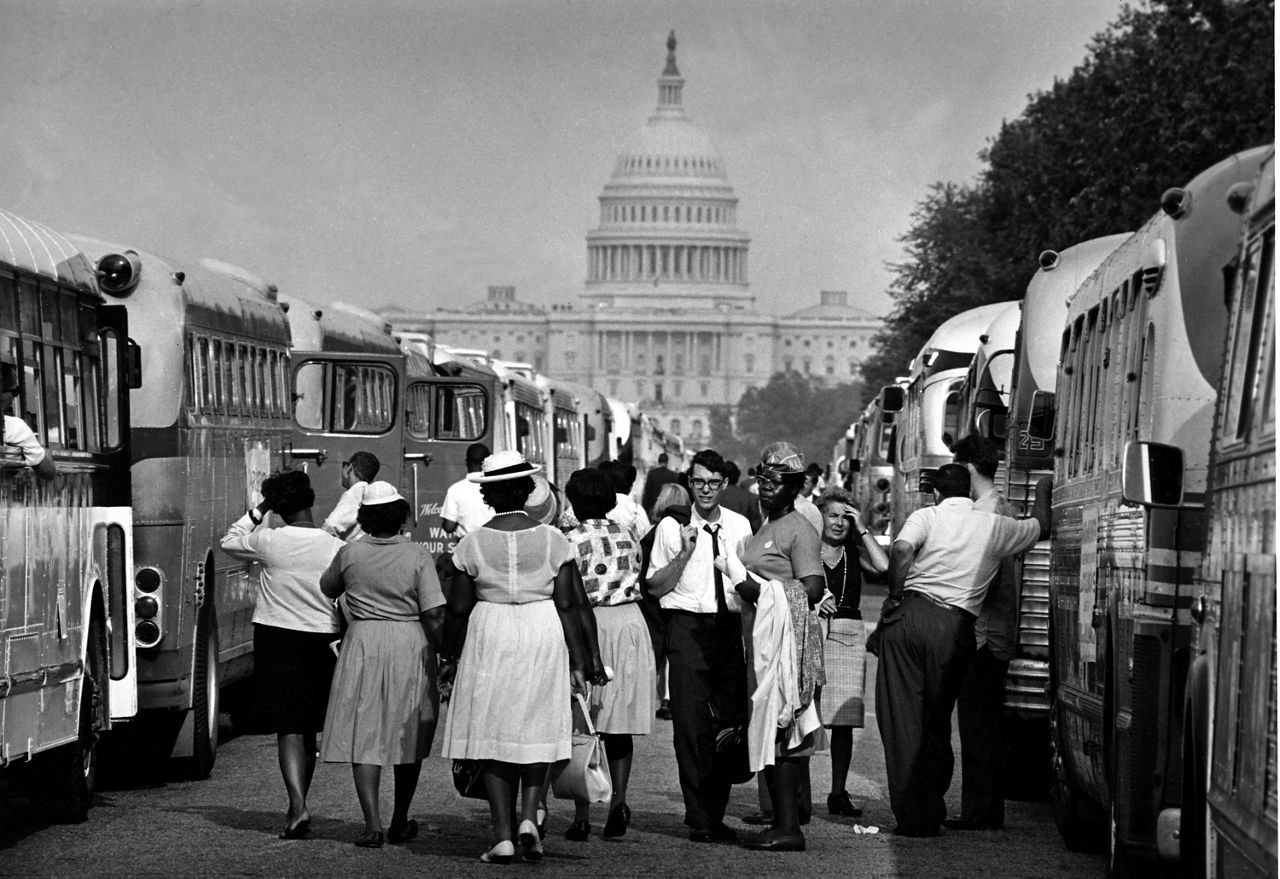
The date was no coincidence. On August 28, 1963, roughly a quarter of a million people took part in the March on Washington for Jobs and Freedom.
The march was held to advocate for the civil and economic rights of Black Americans. It was in front of the Lincoln Memorial where King delivered his speech, calling for an end to racism.
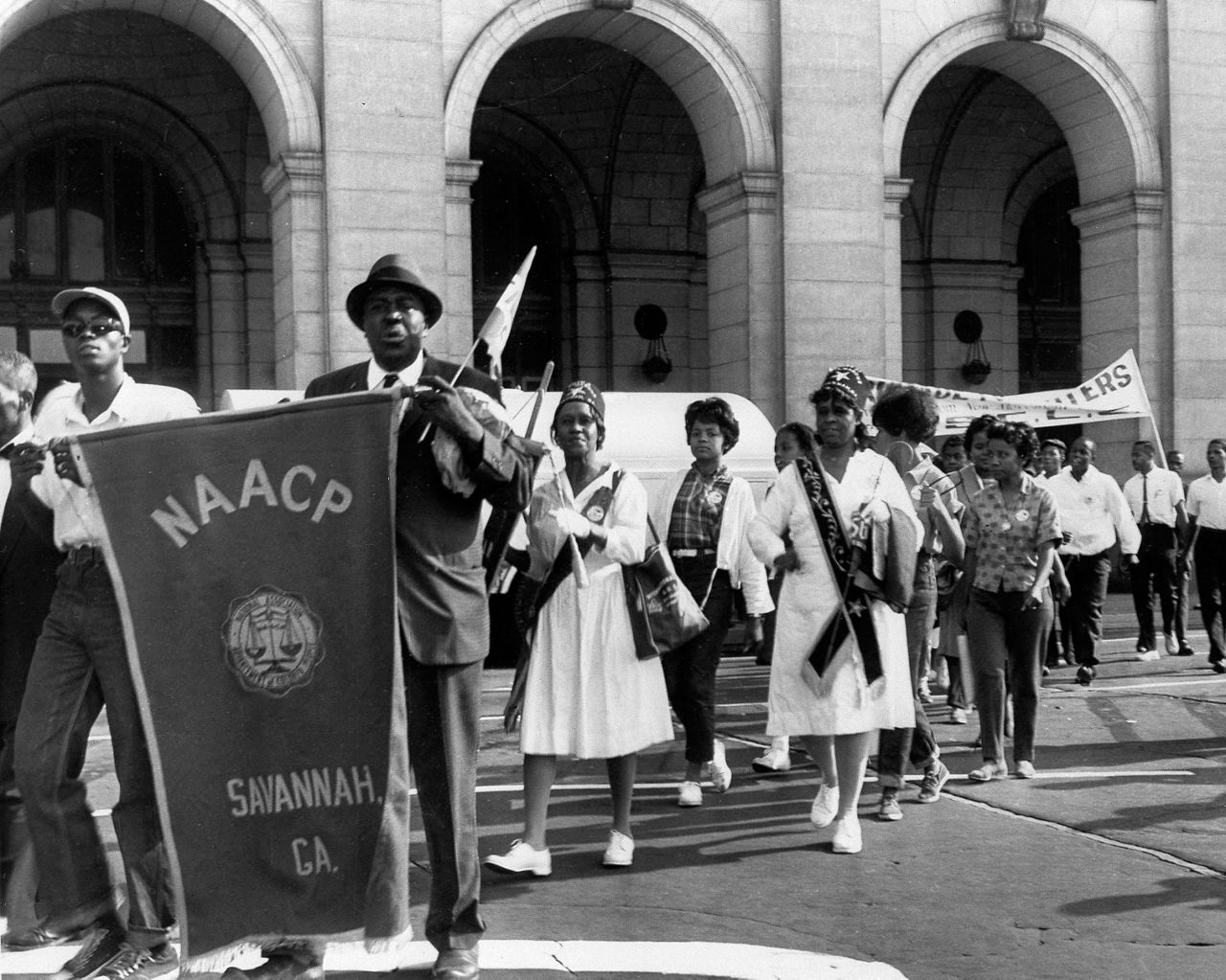
Planning for the march actually started in 1961. The event was originally envisioned as two days of protesting followed by a massive gathering at the Lincoln Memorial.
On June 2, 1963, organizers met with President John Kennedy, who warned against “creating an atmosphere of intimidation” by holding such a large gathering in Washington.
The march went on despite the president’s apprehension and evolved into an event that brought together the major civil rights groups and icons of the period.
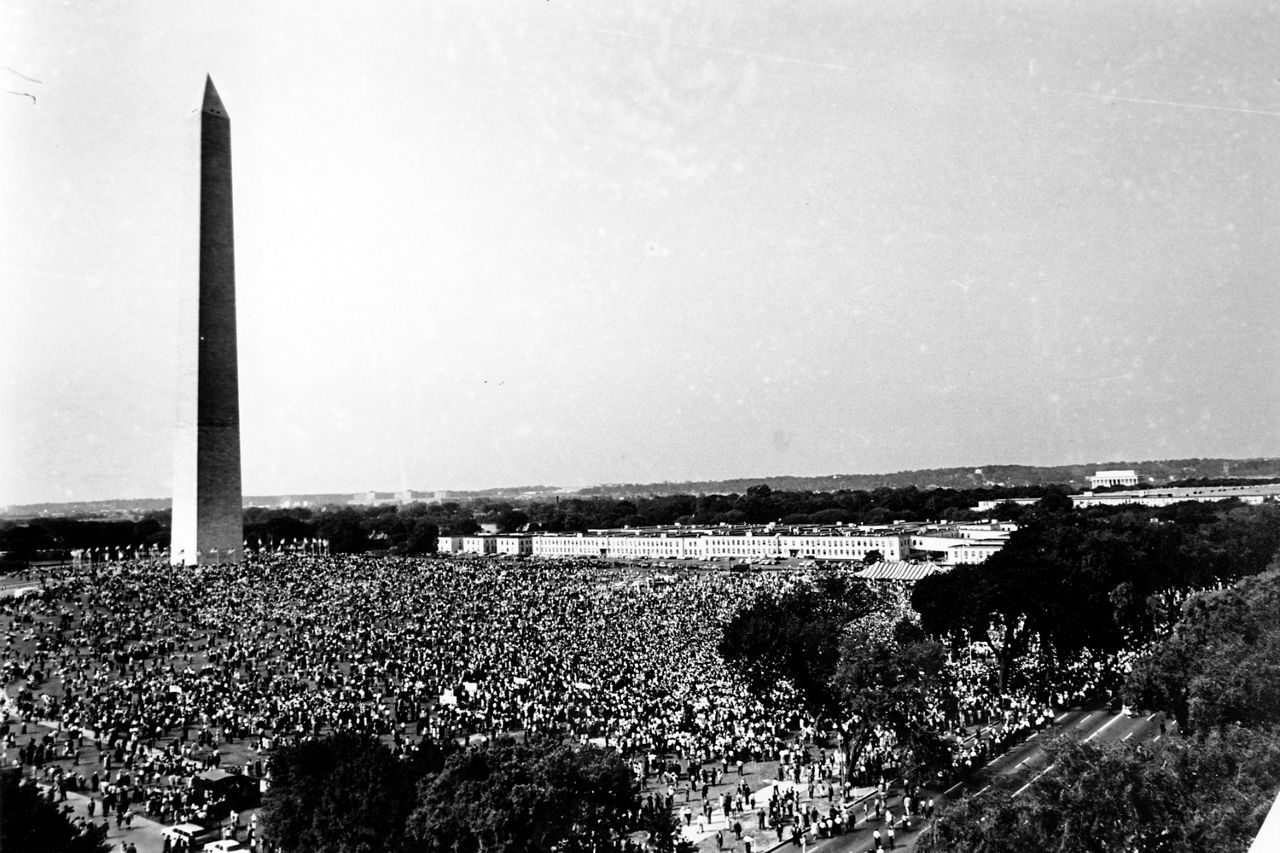
On the day of the march, more than 2,000 buses, 21 chartered trains, 10 chartered airlines, and countless cars converged on Washington. The group marched from the Washington Monument to the Lincoln Memorial.
Although King’s speech is the one best remembered, the event also featured speeches from march organizers A. Philip Randolph and Bayard Rustin and many others.
The march is credited with spurring the U.S. government to take action on civil rights and ushering in the passage of the Civil Rights Act of 1963 and the Voting Rights Act of 1965.
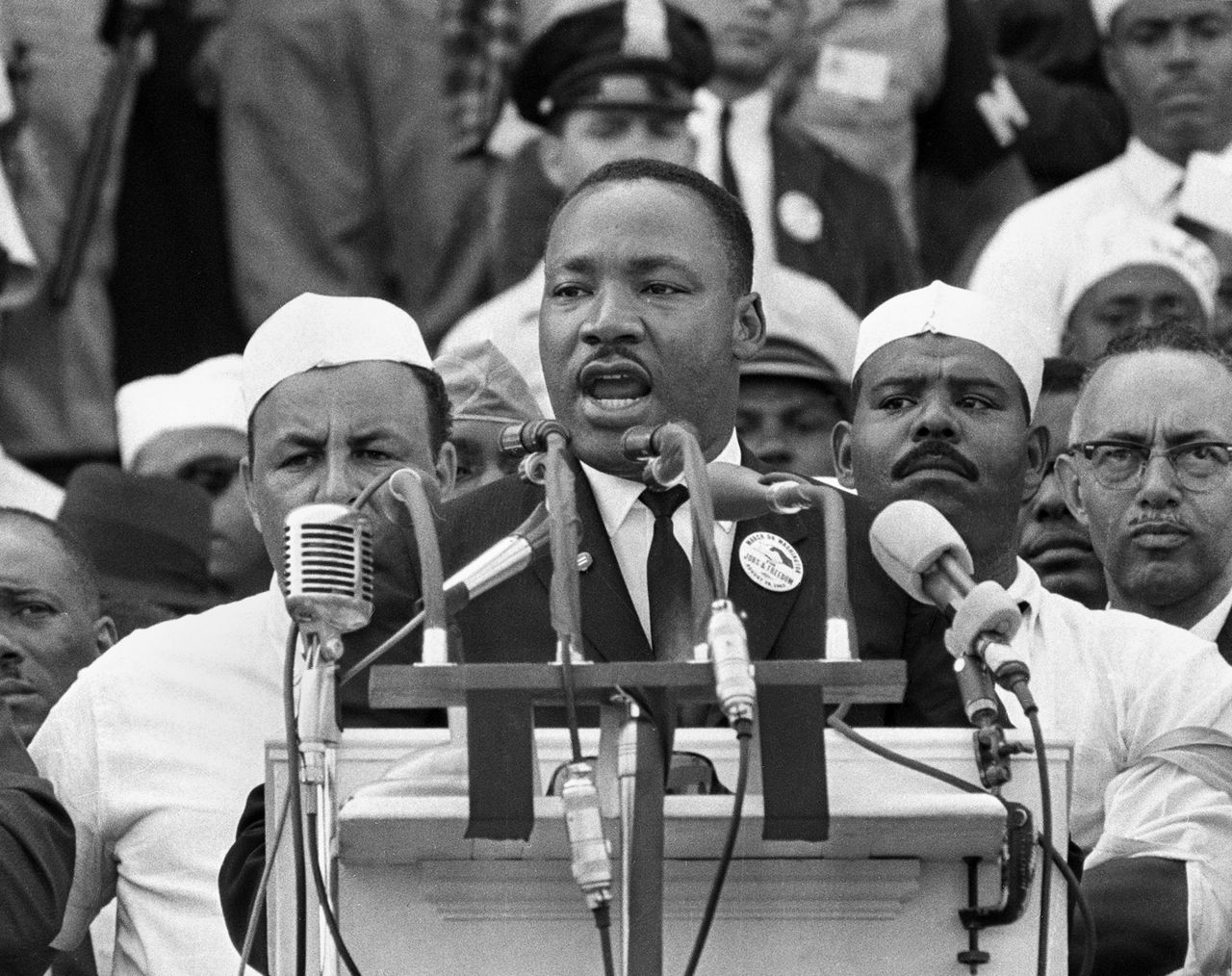
This is just a brief overview of the March on Washington. For more history and context, there are a number of books on the subject you may wish to read.



